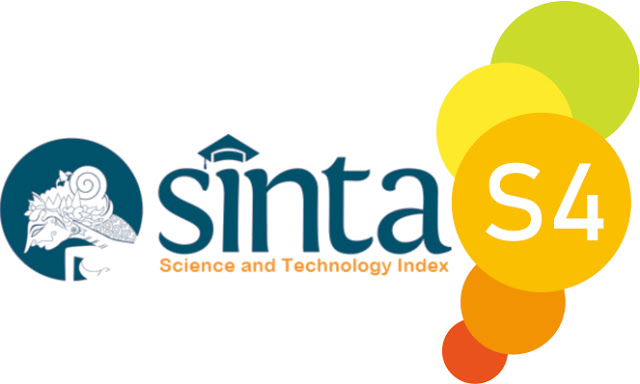Peer Review Process
Peer Review Process is a process in which the journal assesses the quality of manuscripts prior to publication, reviewed by relevant experts in their fields to review and comment on accepted manuscripts. This process aims to help editors determine whether manuscripts should be published in JPAK: Jurnal Pendidikan Agama Katolik.
Important points in the Peer Review Process:
1. Manuscripts submitted to journals first go through initial screening by the editorial team.
2. Manuscripts that pass the examination will be sent to peer reviewers for review.
3. Peer reviewers independently make recommendations to journal editors, whether the manuscript should be rejected or accepted (with or without revision).
4. The journal editor considers all feedback from peer reviewers and makes a decision to accept or reject the manuscript.
The Peer Review Process for journal publications is basically a quality control mechanism, where experts evaluate manuscripts with the aim of ensuring the quality of published manuscripts. However, the peer reviewer does not make a decision to accept or reject the paper, but provides a decision recommendation. In journals, decision-making authority rests solely with the journal editor or journal editorial board.
The type of peer review used by JPAK: Jurnal Pendidikan Agama Katolik is blind where the reviewer knows the author's name, but the author does not know who reviewed the manuscript.
The process of doing Peer Review
1. Article Submission: The author submits the manuscript to Jurnal Pendidikan Agama Katolik (JPAK) through the online system on the JPAK page (https://ejournal.widyayuwana.ac.id).
2. Editorial Team Assessment: The editorial team checks the manuscript to ensure it conforms to the journal template. Manuscript quality was not assessed at this time.
3. Assessment by the Chief Editor: The chief editor checks that the manuscript is suitable for the journal, sufficiently original, and interesting. Otherwise, the paper may be rejected without further review.
4. Adding Peer Reviewers: The editor sends invitations to reviewers to become reviewers, according to the reviewer's field of study and the manuscript to be reviewed.
5. Responses to Invitations: Reviewers can accept or decline to review articles that have been submitted by editors.
6. Review Conducted: Reviewers take time to go through the manuscript several times to form an initial impression of a manuscript and take notes for detailed point-by-point review. The results of the review are then uploaded to the e-journal system, with a recommendation to accept or reject it or with a request for revision before being reconsidered.
7. Editor Evaluates Reviews: The editor considers all the reviews returned before making an overall decision. If the reviews are very different, the editor may invite additional reviewers to get additional opinions before making a decision.
8. Decision Communicated: Editor emails decision to author including relevant reviewer comments.
9. Next Steps: If accepted, the script is sent to production. If rejected or sent back, the author is asked to revise with comments from the reviewers to help the author improve the manuscript. At this stage, the reviewer is also sent an email to notify the author of the revision. If the manuscript is revised again, the reviewer expects a new version of the manuscript. However, if only minor changes are requested, then the review is carried out by the editor.
For a reviewer's guide, please download here






.png)





